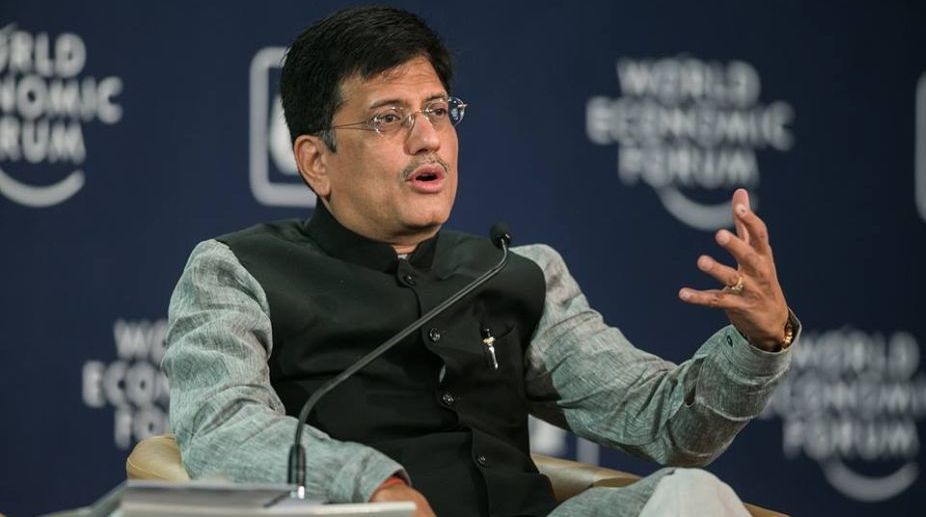The Food and Consumer Affairs Minister highlighted the government’s commitment to addressing rising food prices through a series of proactive measures. These initiatives aim to stabilize the cost of essential food items, ensuring affordability and accessibility for all citizens.
One key strategy involves strategic interventions in the agricultural sector. The government has implemented policies to boost agricultural productivity, providing farmers with the necessary support, such as improved irrigation facilities, access to quality seeds, and modern farming techniques. These efforts not only enhance overall food production but also contribute to price stabilization by reducing supply chain disruptions.

Source:- India today
Furthermore, the government has focused on strengthening the public distribution system (PDS) to ensure efficient distribution of essential commodities. This involves streamlining the supply chain, reducing wastage, and enhancing the reach of subsidized food items to remote and vulnerable areas. By fortifying the PDS, the government aims to directly impact the availability and affordability of essential food items for the general population.
https://youtu.be/5mZ_ogCdRl0?si=WbH7poITYkZ1D8As
Source:- ndtv
In addition to supply-side measures, the government has been actively engaged in demand-side interventions. These include initiatives to promote food processing industries and reduce post-harvest losses. By encouraging food processing, the government aims to enhance the shelf life of perishable goods, minimize wastage, and ensure a steady supply of processed food products at stable prices.
The Food and Consumer Affairs Minister emphasized the role of technology in monitoring and regulating food prices. The government has leveraged digital platforms to create transparency in pricing mechanisms, enabling consumers to make informed choices. This digitization also facilitates real-time monitoring of market trends, allowing prompt interventions in case of price anomalies.
To protect consumers from price fluctuations, the government has implemented schemes and policies to provide financial assistance during periods of inflation. Subsidies and targeted cash transfer programs have been designed to alleviate the burden on vulnerable sections of society, ensuring their access to essential food items even during challenging economic conditions.
In conclusion, the Food and Consumer Affairs Minister highlighted a comprehensive approach by the government to control food prices. Through a combination of supply-side interventions, strengthened distribution systems, technological advancements, and targeted financial assistance, the government aims to create a stable and affordable food market for the benefit of all citizens.
Share your views in the comments

